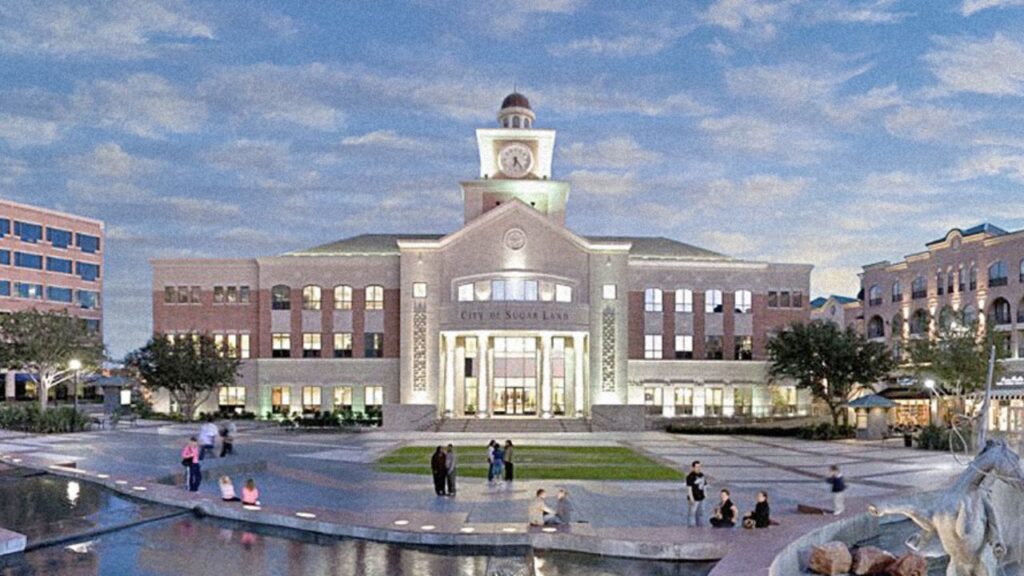Fort Bend County, Texas, ranks among the most populous and economically prosperous counties in both the state and the nation. Situated within the Houston metropolitan area, it boasts a diverse and multicultural population.
However, the county also grapples with a significant poverty issue, especially in specific neighborhoods. In 2021, Fort Bend County’s poverty rate stood at 6.8%, equating to roughly 57,583 individuals out of a total population of 851,389 living below the poverty line. For a family of four in Texas in 2021, the poverty line was set at $26,246.
This poverty rate fluctuates significantly across different neighborhoods within the county, influenced by factors such as income, education, employment, housing, and access to services. Certain neighborhoods exhibit poverty rates exceeding 20%, while others report rates below 2%.
Here are five of the most impoverished neighborhoods in Fort Bend County, as per data from the U.S. Census Bureau’s American Community Survey from 2017 to 2021:
1. Fresno
Fresno, located in northeast Fort Bend County along State Highway 6, is home to approximately 25,000 residents, predominantly African American and Hispanic. It ranks as one of the county’s poorest neighborhoods, with a poverty rate of 20.4%, nearly three times higher than the county average.
The median household income in Fresno was just $49,375, less than half of the county’s median of $110,000. The neighborhood also faces challenges such as higher unemployment rates, crime, violence, lower educational attainment, and insufficient infrastructure.
Also Read:
2. Arcola
Situated in southeast Fort Bend County along State Highway 6, Arcola houses around 2,000 residents, primarily Hispanic and White. It is another of the county’s poorest neighborhoods, with an 18% poverty rate, more than double the county average.
The median household income in Arcola was $51,250, again less than half of the county’s median income. Challenges here include higher unemployment rates, low homeownership, limited access to transportation, and a lack of social services.
Also Read:
3. Fifth Street
Fifth Street, an urban area in northeast Fort Bend County along U.S. Route 90A, is home to roughly 3,000 residents, mostly African American and Hispanic. It reports a poverty rate of 10.1%, higher than the county’s average of 6.8%.
The median household income in Fifth Street was $66,250, about two-thirds of the county median. While the unemployment rate is lower than the county average, Fifth Street faces issues such as substandard housing, environmental pollution, and a lack of recreational facilities.
Also Read:
4. Four Corners
Located in northwest Fort Bend County at the intersection of West Bellfort Street and West Airport Boulevard, Four Corners is a suburban area with around 13,000 residents, predominantly Asian and Hispanic. It ranks among the poorest neighborhoods in the county with an 8.6% poverty rate, higher than the county average.
The median household income in Four Corners was $87,500, about four-fifths of the county median. Although the unemployment rate is lower than the county’s average, the neighborhood confronts challenges like rapid population growth, a high cost of living, and insufficient infrastructure.
Also Read:
5. Mission Bend
Mission Bend, situated in southwest Fort Bend County along State Highway 6, houses approximately 38,000 residents, primarily Hispanic and Asian. It ranks among the county’s poorest neighborhoods with a 4.5% poverty rate, lower than the county average but still higher than some other areas.
The median household income in Mission Bend was $100,000, approximately nine-tenths of the county median. The neighborhood’s unemployment rate is lower than the county’s average, yet it faces issues such as high homeowners association fees, limited public transportation, and a lack of diversity.
Also Read:
Conclusion
In conclusion, these neighborhoods in Fort Bend County, Texas, grapple with various economic and social challenges associated with poverty. Nonetheless, they also possess rich histories, cultures, and strong community bonds.
Leveraging their existing assets and opportunities, and addressing root causes of poverty and inequality, these neighborhoods can work toward overcoming their challenges and realizing their full potential.


